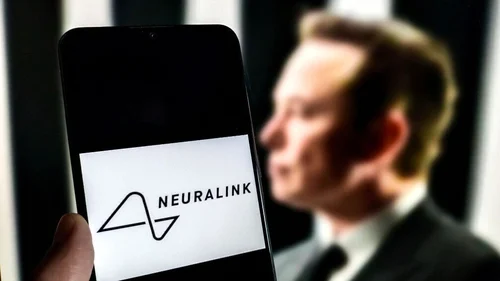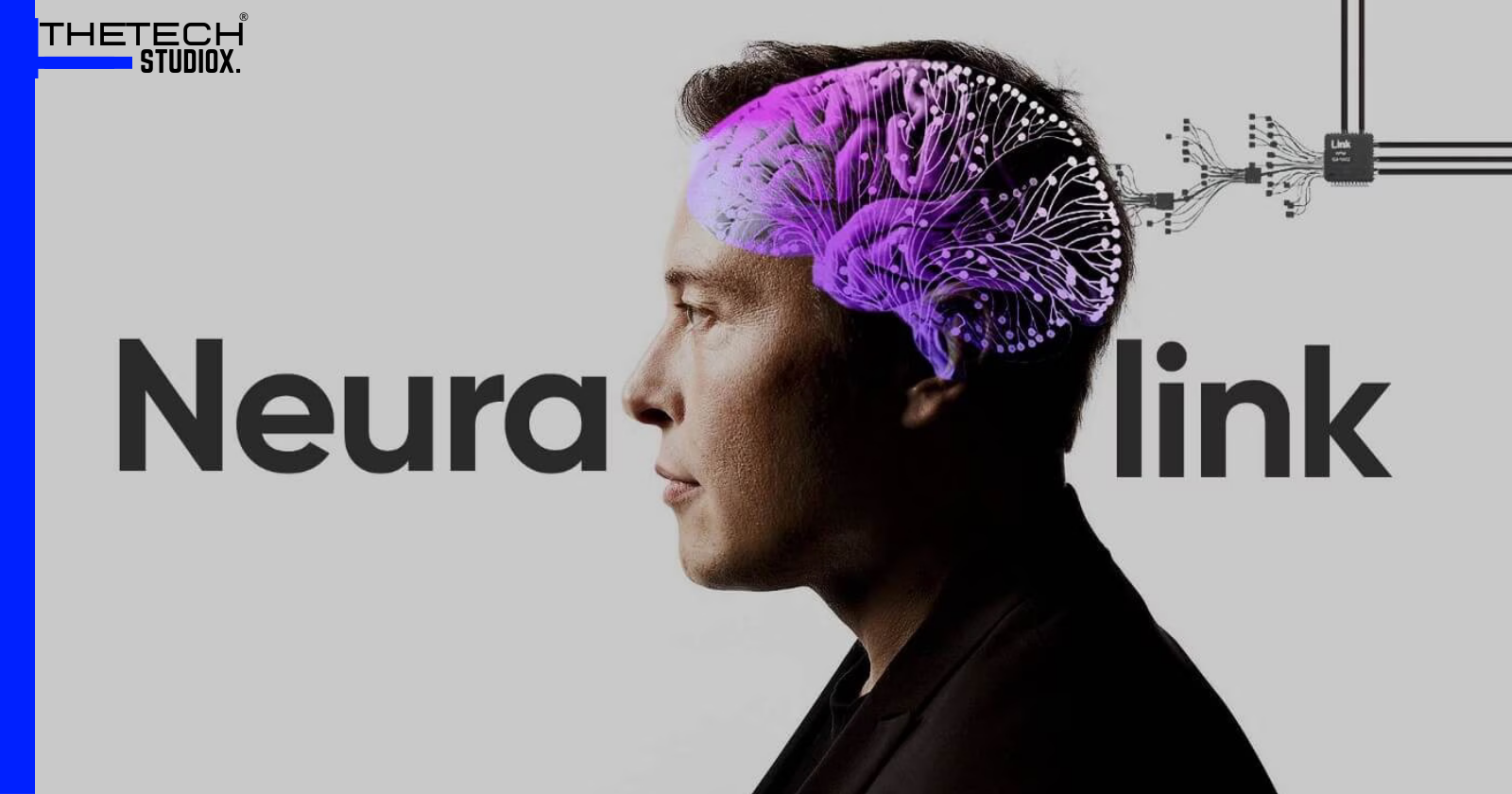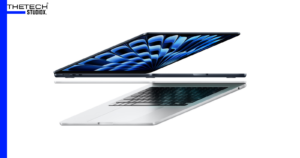Table of Contents
In a groundbreaking development, Elon Musk’s neurotechnology company, Neuralink, announced the successful installation of a brain implant in the first human patient, marking a significant step towards achieving direct communication channels between the human brain and computers. Musk took to X (formerly Twitter) to share the news, stating that the initial results indicate promising neuron spike detection, and the patient is recovering well.
The first human received an implant from @Neuralink yesterday and is recovering well.
— Elon Musk (@elonmusk) January 29, 2024
Initial results show promising neuron spike detection.
Neuralink Brain Implant’s Vision and Mission
Founded in 2016, Neuralink aims to revolutionize the field of neurotechnology by building interfaces that connect the human brain with computers. The ultimate goal is to supercharge human capabilities, treat debilitating neurological conditions such as ALS and Parkinson’s, and establish a symbiotic relationship between humans and artificial intelligence.
The Telepathic Revolution
Elon Musk envisions the first product from Neuralink, called Telepathy, to be a game-changer. This innovative technology would enable users to control their phones, computers, and a myriad of devices by simply thinking. The potential applications of Telepathy extend beyond convenience, promising solutions for complex neurological disorders and opening new avenues for human-machine interaction.

Neuralink’s Brain Implant Technology
The “Link” Implant
Neuralink has developed a remarkable brain implant called the “Link,” which is about the size of five stacked coins. The implant is surgically implanted and aims to form a direct link between the human brain and computers. The device contains electrodes that can record neural activity and stimulate specific regions of the brain. This technology could potentially have significant implications for the field of neuroscience and the development of innovative medical treatments.
Electrophysiology at the Core
The underlying technology of Neuralink operates similarly to electrophysiology. Electrical chemical signals in the nervous system activate as neurons communicate across synapses, the gaps between nerve cells. The implant’s electrodes detect these signals, measuring changes in spikes during neural activity. This capability not only captures actions but also records thoughts, opening up new possibilities for understanding and manipulating brain functions.
Advancements and Trials
Neuralink initiated a study trial last September, gaining approval from US regulators to test its brain implants in humans. With over 400 employees and having raised at least $363 million, the California-based company is making significant strides in the field of neurotechnology. The company is also developing an app that allows individuals to manipulate a keyboard and mouse using only their thoughts.
The Potential for Treating Neurological Disorders
Researchers at Neuralink aspire to leverage the implant’s capabilities to treat paralysis, spinal cord injuries, and various brain disorders. This ambitious goal aligns with the broader trend in the industry, where billions of dollars are being invested in developing treatments for debilitating ailments through brain-computer interfaces.
The Evolution of Brain Implants
The concept of brain implants, once relegated to science fiction, has evolved into practical applications. Neuralink joins a cohort of companies exploring ways to connect the human brain to computers. Notable achievements include a paralyzed individual regaining arm movement through a brain-computer interface in 2014 and a Swiss man, paralyzed after a fall, testing a technology that restores movement through AI-driven thought signals.
Exploring Neuralink’s Competition
Neuralink, the brainchild of Elon Musk, is currently leading the charge in the neurotechnology revolution. However, it is important to note that other companies are also exploring the realm of brain-computer interfaces, thus posing competition to Neuralink. These companies are tirelessly working to advance the technology and gain a foothold in this rapidly evolving field. Keeping track of the competitive landscape is crucial to gaining insights into the direction this field is heading and the potential breakthroughs that may emerge in the future.

The Road Ahead: Challenges and Opportunities
As the technological advancements in neurotechnology, particularly Neuralink, continue to push the boundaries of brain-machine connectivity, it is important to delve deeper into the practicality, ethics, and potential hurdles that may arise with the widespread adoption of such technologies.
Understanding the complexities and implications of this emerging field is crucial for developing a comprehensive framework that can help us address the challenges and make informed decisions about the future of neurotechnology. We need to explore the ethical considerations, potential risks and benefits, societal implications, and legal frameworks to ensure that the development and use of neurotechnology align with our values and goals as a society. Only by doing so can we ensure that the advancements in this field are harnessed for the greater good of humanity.
Frequently Asked Questions
How does Neuralink’s brain implant work?
Neuralink’s brain implant, the “Link,” operates through electrodes that record neural activity and stimulate specific brain regions. It detects electrical chemical signals in the nervous system, capturing both actions and thoughts.
What is the purpose of Telepathy, Neuralink’s first product?
Telepathy aims to enable users to control devices such as phones and computers through thought. Beyond convenience, it holds promise for addressing complex neurological conditions.
What are the potential applications of Neuralink’s technology?
Neuralink’s technology has diverse applications, from treating paralysis and spinal cord injuries to achieving a symbiotic relationship between humans and artificial intelligence.
Conclusion: Unveiling the Future of Brain-Machine Interaction
In conclusion, Neuralink’s recent achievement in successfully implanting a brain device in a human marks a significant milestone in the evolution of neurotechnology. The potential applications of brain implants extend far beyond convenience, offering solutions to some of the most challenging neurological conditions. As Neuralink and other companies push the boundaries of innovation, we find ourselves on the brink of a new era where the connection between minds and machines becomes increasingly intertwined.




